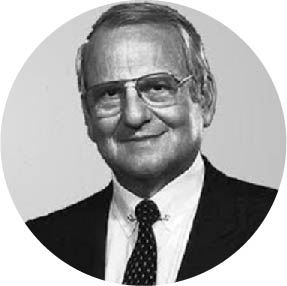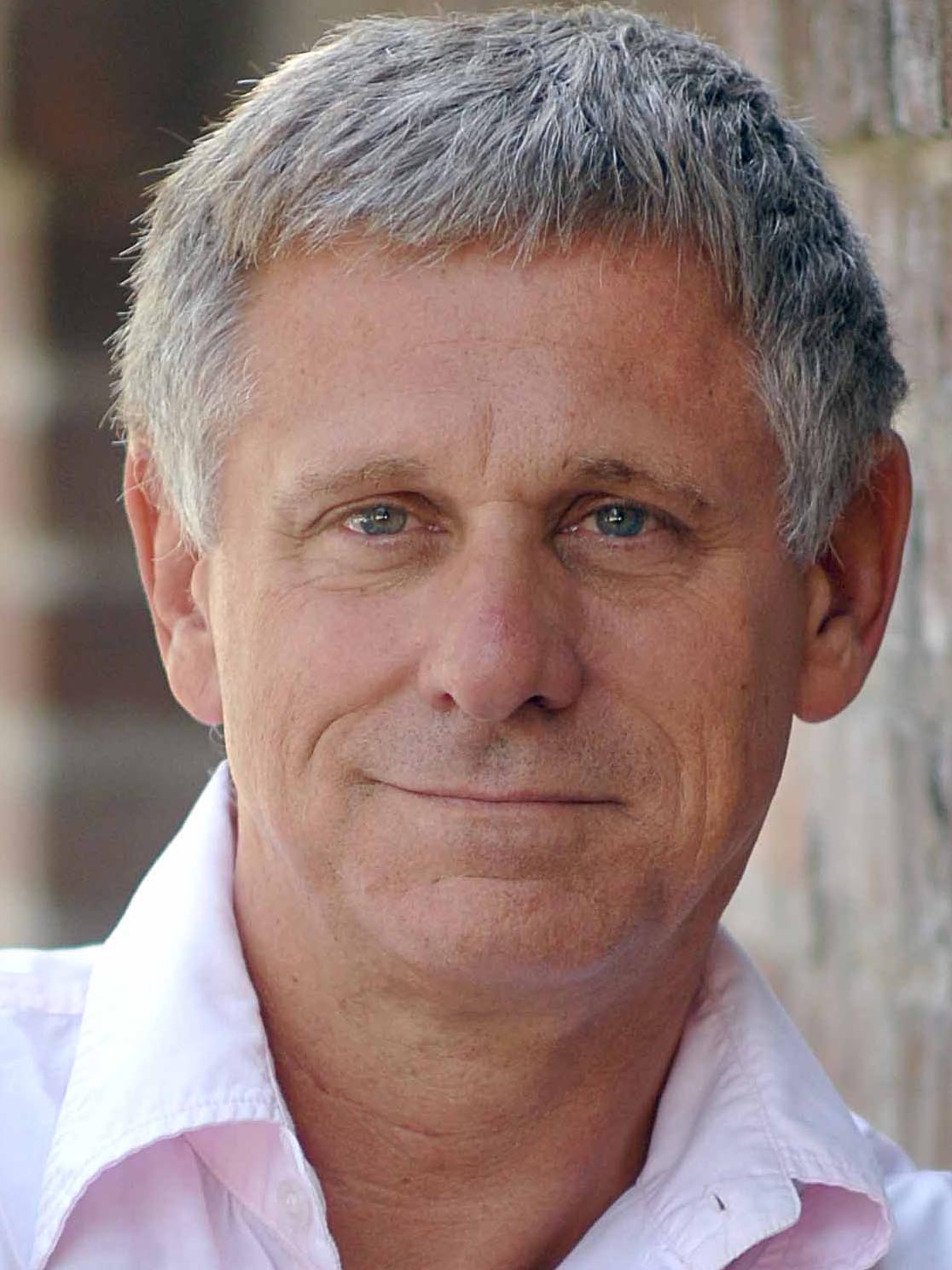Most family practice and internal medicine physicians working in private practice today are burdened by ever-shrinking reimbursement rates and a growing list of administrative tasks required by insurance companies. In response, many primary care physicians are exploring alternative practice options, some of which are being encouraged by policy changes embedded in the Affordable Care Act.
Some doctors are embracing the economic security and reduced administrative burden that comes with employment. Others are selling their practices to hospitals and/or larger groups. And a small but growing number are showing interest in direct- pay practice models that allow doctors to reduce, or in some cases eliminate entirely, the administrative hassles and costs of dealing with insurance.
There are several models in which physicians collect a monthly retainer fee directly from patients instead of relying on fee-for-service reimbursement from third parties. Although the services provided for this charge varies, some of the benefits to physicians in adopting a direct-pay model include:
- reducing patients panel sizes, often by as much as half,
- minimizing administrative and staffing costs,
- increasing the amount of time spent with patients, and
- potentially increasing incomes
The services covered by the monthly retainer fee vary across practices. Often, however, patients can expect to have all primary care services covered, including care management and care coordination. Typically these include seven-day-a-week, around the clock access to doctors, same-day appointments, office visits of at least 30 minutes, basic tests at no additional charge, and phone and email access to the physician.
Although these models can look different, at their core, experts say, they share the common aim of providing high service levels, and increased access for patients.
Monthly membership models are especially attractive for patients with chronic conditions, but healthy people interested in a higher level of service find these models appealing as well.
Medical Economics spoke with experts to discuss some of the more common direct-pay practice models, along with some of their benefits and drawbacks.

Concierge medicine
Concierge medicine practices charge an annual fee that can range from $1,200 to $10,000, depending on the practice.
There are several models that physicians can choose from when transitioning a practice to concierge from traditional fee-for-service.
Full Conversion
One of the main goals in moving to a concierge-style practice is to reduce a practice’s patient panel size to just 300 or 400, rather than several thousand, which is now more typically the case.
Some doctors start with a full conversion of their practice whereby they terminate all patients who choose not to participate and pay the monthly retainer fee.
“It’s a high-risk, low-reward model,” says Matt Jacobson, founder and chief executive officer of Signature MD, a national concierge medicine provider headquartered in Los
Angeles, California.
Benefits of this approach include reduced physician work hours and the ability to eliminate many of the administrative burdens that come with insurance contracts, but not much increase in income.
Immediate conversion to concierge medicine is also high risk. “What happens if you don’t get the 300 or 400 patients that you need? What if you only get 200?” Jacobson says. “You’re going bankrupt, or you’re working at the urgent care [center] or something else to supplement.”
Hybrid concierge model
In the hybrid concierge model, a physician delivers differing levels of care to two distinct patient groups–those who pay the concierge fee and those who don’t.
“If you pay me $2,000, you’ll have my cell phone number, and you’ll get to the front of the line at the office. If you don’t pay me $2,000 it’s business as usual,” Jacobson says.
Although doctors operating under this model can see a small increase in their income, they increase their clinical hours, Jacobson says.
In addition, there are ethical issues inherent in a two-tiered practice in which some patients pay for a higher level service than others. For example: does the physician spend 30 minutes with a healthy patient who has chosen the concierge model and only a fraction of that time with a patient facing myriad health issues who has chosen not to pay the annual fee?
Market segmentation
Jacobson describes a third model of concierge medicine–a market segmented approach–that he says was developed by SignatureMD. “It’s a high-reward, low-risk model,” he says.
Similar to other approaches, physicians seek to convert roughly 300 patients. The practice then brings on either a junior physician or nurse practitioner. Patients who participate in the concierge model will continue to see their doctor. Those not participating will see the new physician and/or nurse practitioner.
With this approach, Jacobson says, it’s feasible for physicians to more than double their income while reducing their workload by 25%.
According to Garrison Bliss, MD, president of Qliance Medical Group and founder of the second monthly fee practice in the United States, concierge medicine offers physicians many benefits. However, he cautions against a major trap of the model.
“In the concierge world, there’s this fear that if you didn’t do a bunch of exotic testing, and you didn’t have a cool new medicine that you knew about that other people didn’t know about, that it would be hard for people to believe they were getting better care from you,” Bliss says.
Direct primary care model
Bliss envisioned an alternate membership-based approach to routine and preventive care called direct primary care (DPC), which he started in 1997.
“I decided to come up with a healthcare model, rather than a business model. And then, to figure out what the business model would have to look at if we were a monthly fee practice,” Bliss says.
With DPC, the monthly fee for patients is lower than in concierge medicine–often ranging from $50 to $150. The size of the practice is generally larger as a result–600 to 800 patients as compared with 300 to 400 in concierge practices.
“We stopped being focused on the issue of getting paid and started being focused on the issue of what do we have to do for people,” Bliss says.
Markets for DPC
DPC is a small but growing movement, says Thomas Charland, chief executive officer of healthcare consultancy for Merchant Medicine, LLC. The two primary markets include individuals who have high-deductible health plans and see the value in paying a low monthly fee for increased access to primary care.
The biggest potential, Charland says, is among employers who have given up on a traditional approach to primary care. Many firms recognize that physicians with large panel sizes don’t have the time to spend with patients and must refer anyone with complications to specialists. That, in turn, is causing costs to skyrocket.
“If it takes off with employers it’s a game changer,” Charland says of DPC.
Building high-deductible insurance products that incorporate this model and that cover the services that direct pay practices don’t is an important step in moving this model forward. And it’s already happening.
“We’re involved in two instances of that in Washington State right now with, I think, more to come,” Bliss says.
Is Direct Pay right for your practice?
Experts offer these considerations when determining whether some form of direct pay model is right for your practice:
It must feel natural.
Physicians most likely to succeed using a direct-pay model are already operating as if they run one. “If you’re not already the guy who is taking the calls late at night, if you’re not the guy who is visiting your patients in the hospital…don’t do it because you will fail,” Jacobson says.
Carefully consider your monthly fee.
“I usually recommend that the doctor map out all of the fixed costs of his or her practice: facility rent and maintenance costs, utilities, equipment leases, staff salary, provider salary,” Bliss says.
Consider the size of your practice.
The next step is to consider how large a practice you want to operate. Once you’ve determined that, Bliss says, “divide the costs by the panel size and you have the annual fee you will have to get to make that work.”
Assess your patient pool.
Ask yourself how many of your patients will actually pay the fee. Jacobson’s firm employs a predictive model that relies on a range of information gleaned from a random sample of the patient population to determine the likelihood of success.
“If you don’t do that, you have absolutely no idea whether you’re going to succeed or not,” he says.
Connect with the community.
Charland says doctors should look for primary group companies operating in their area. In addition, they should become part of a community of practices and/or associations focusing on the type of model that they find most appealing.
Signature MD
Original Article
 The concierge medicine model is becoming more and more prominent around the nation, as healthcare providers continue to adopt the new payment system. While many hospitals and physicians are finding medical payment reform and the move toward value-based care reimbursement challenging, the concierge medicine model may offer a solution to some of the struggles doctors are facing today. (more…)
The concierge medicine model is becoming more and more prominent around the nation, as healthcare providers continue to adopt the new payment system. While many hospitals and physicians are finding medical payment reform and the move toward value-based care reimbursement challenging, the concierge medicine model may offer a solution to some of the struggles doctors are facing today. (more…)





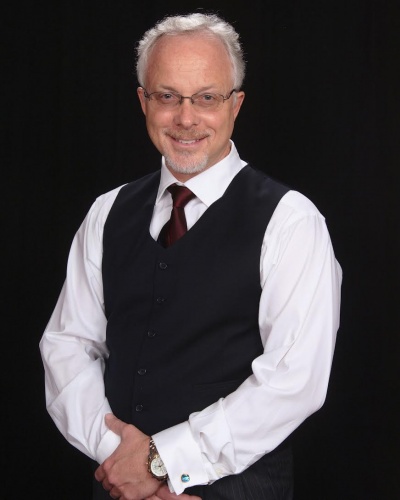

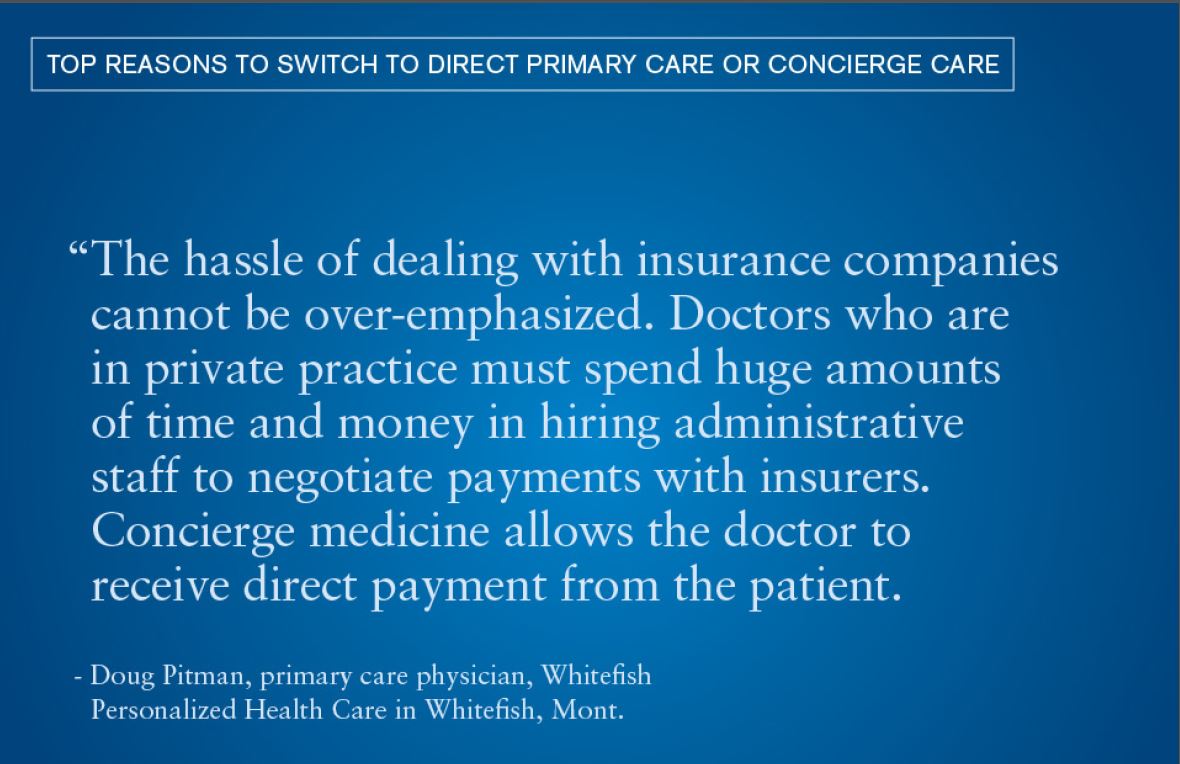












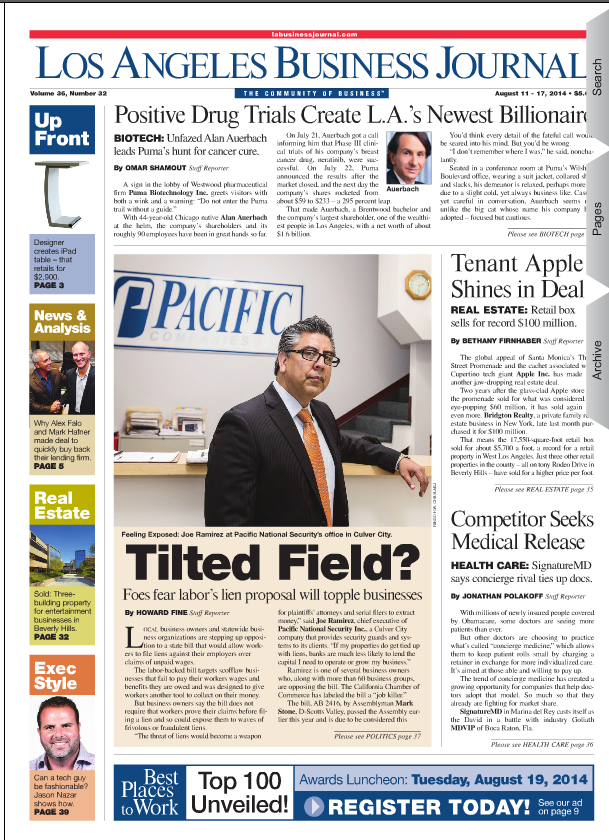























 So you get into bed and are ready for the night’s sleep, and only a few minutes later, your heart suddenly skips a beat or flutters. You’ve noticed that usually when you feel a skipped beat or fluttering–palpitations–it’s very soon after settling into bed for sleep. Why is this?
So you get into bed and are ready for the night’s sleep, and only a few minutes later, your heart suddenly skips a beat or flutters. You’ve noticed that usually when you feel a skipped beat or fluttering–palpitations–it’s very soon after settling into bed for sleep. Why is this?
